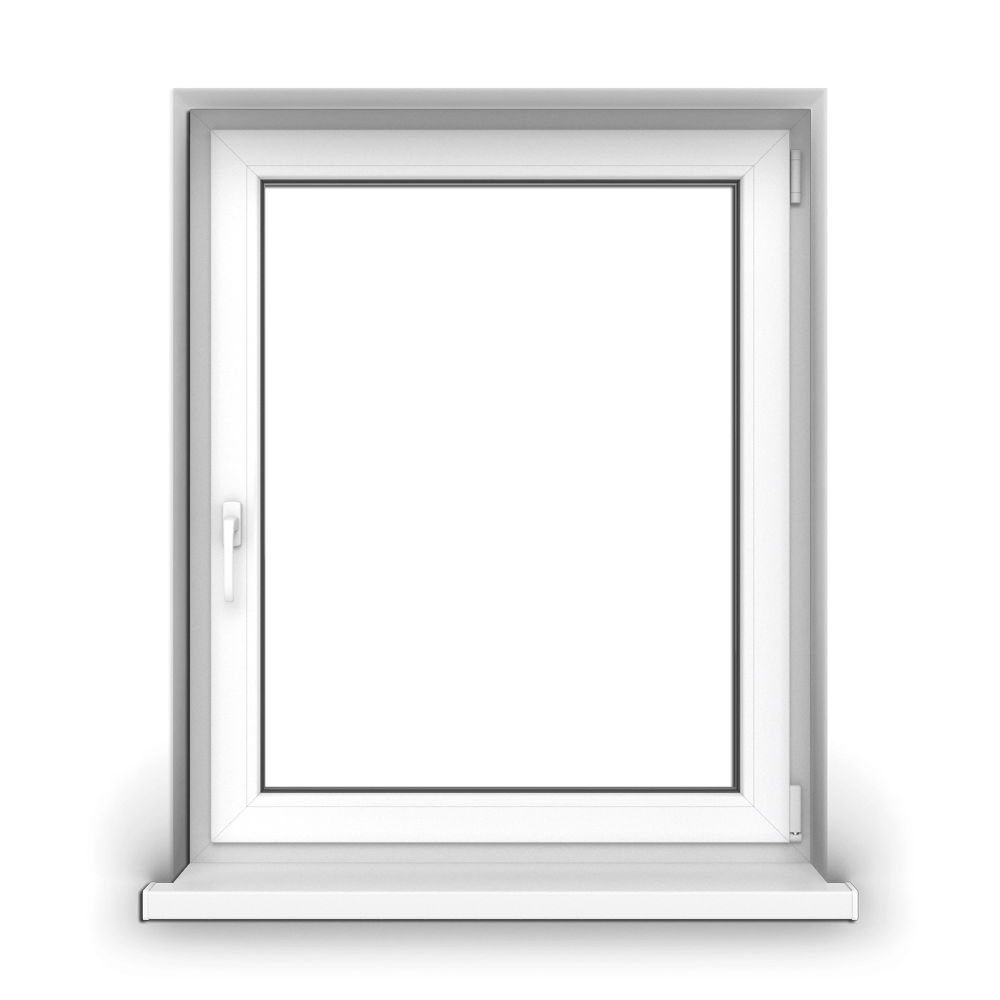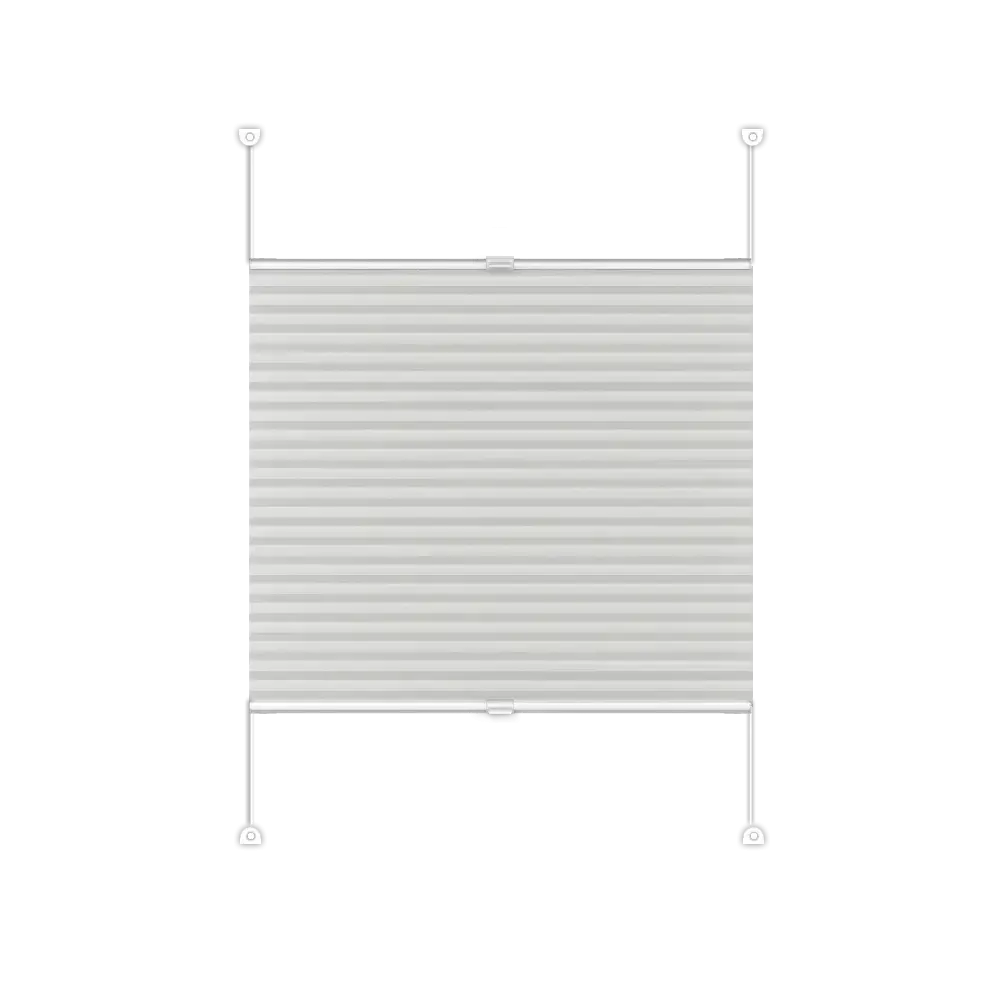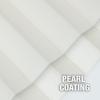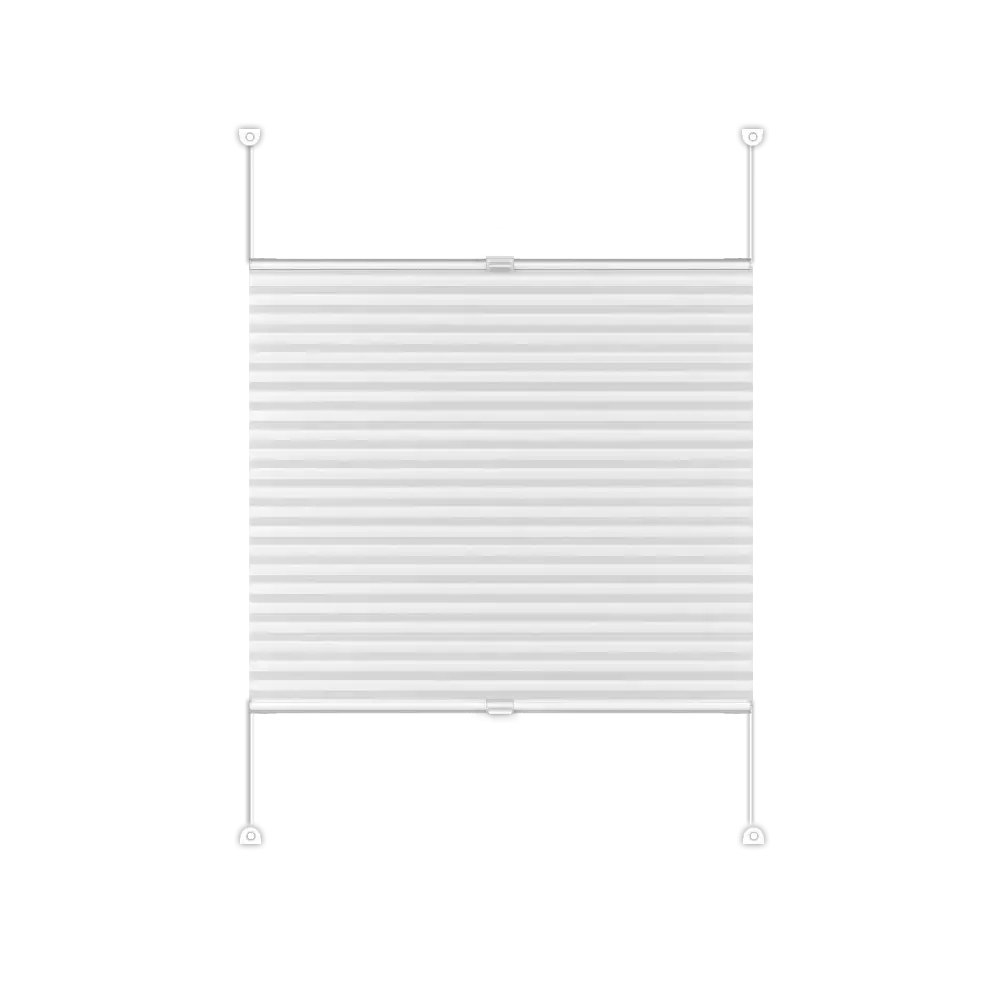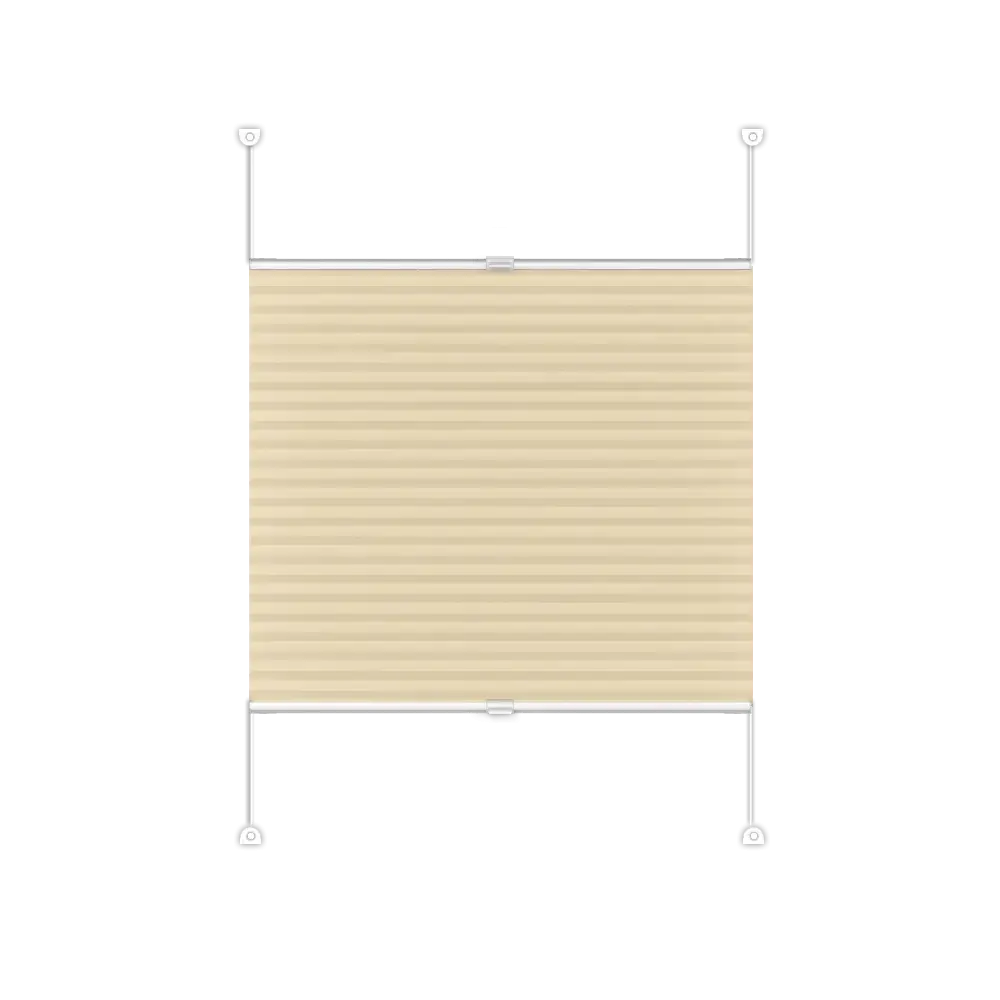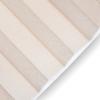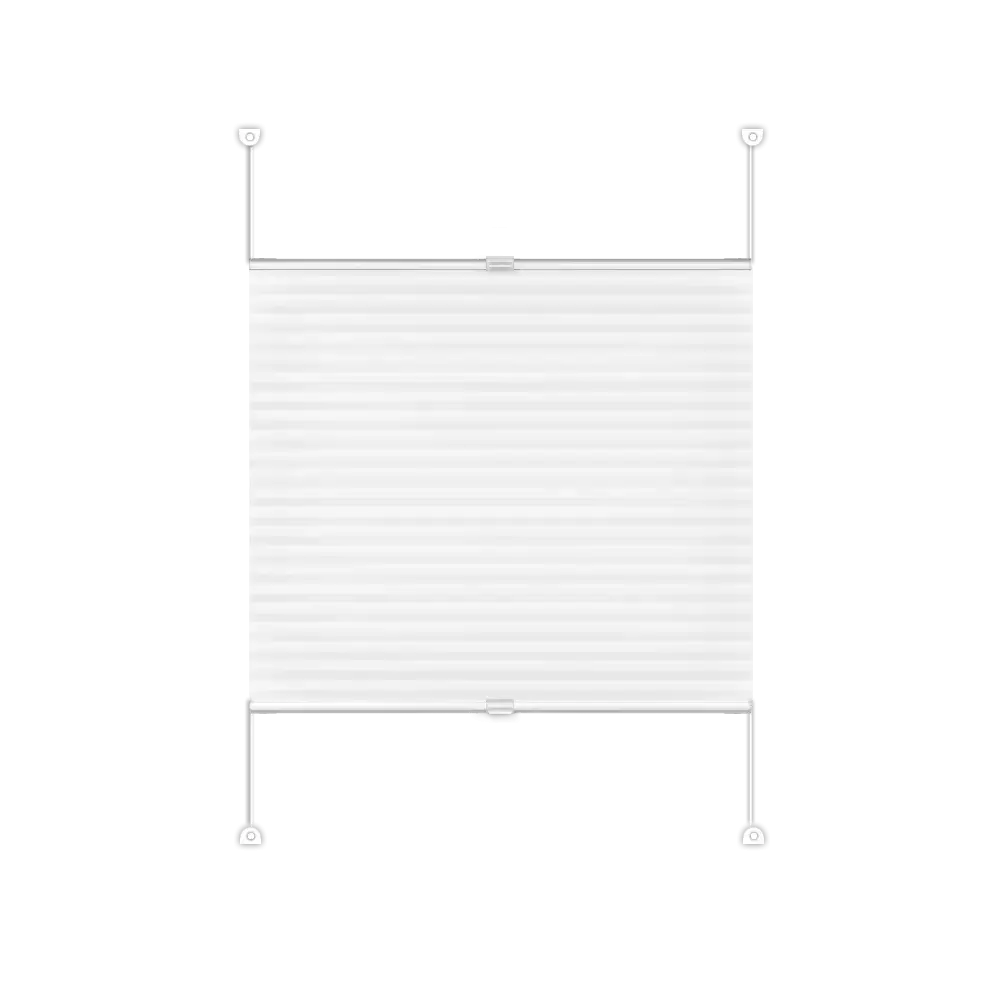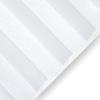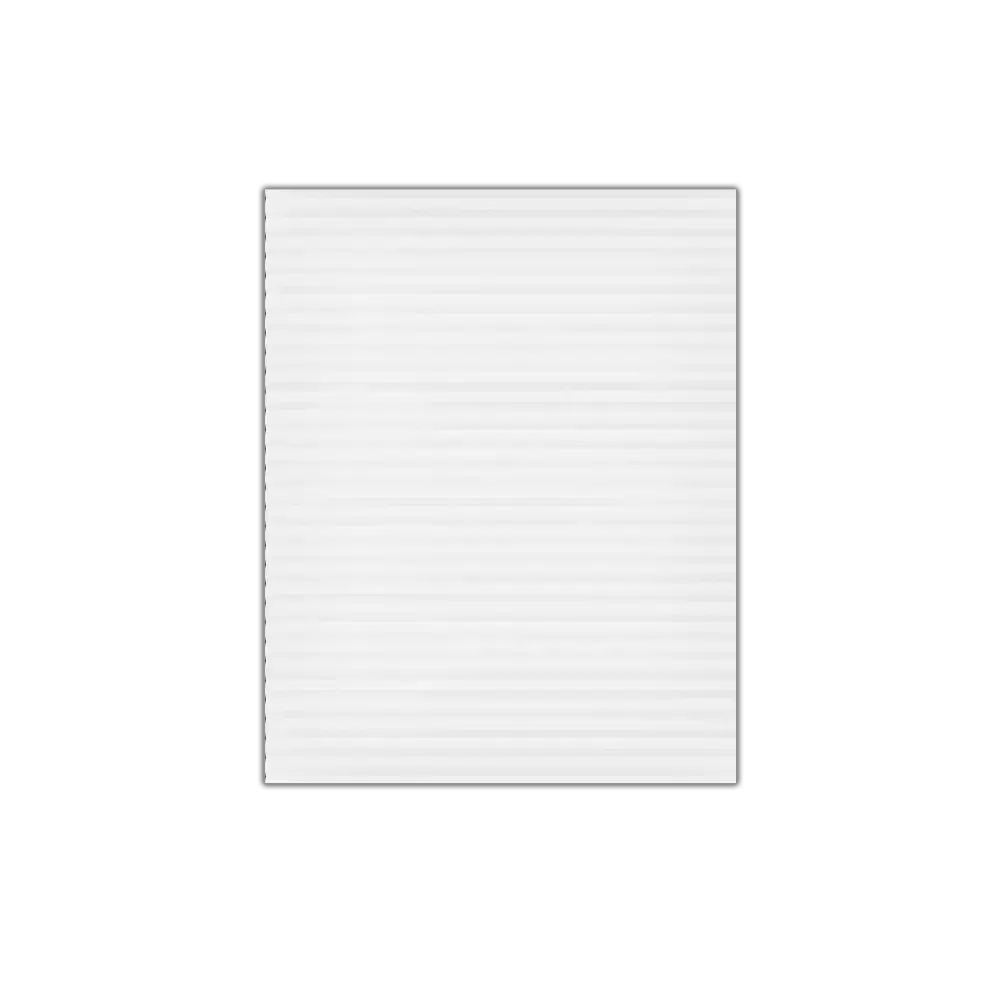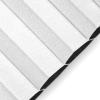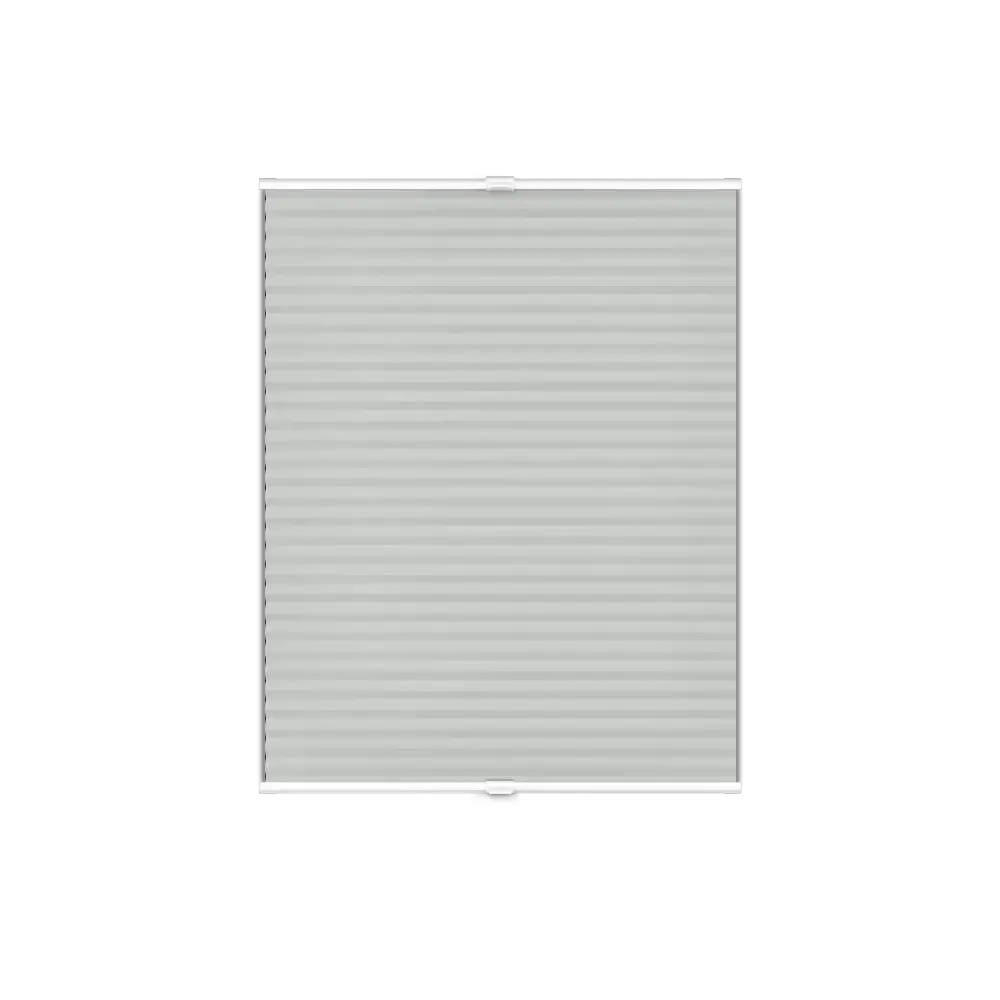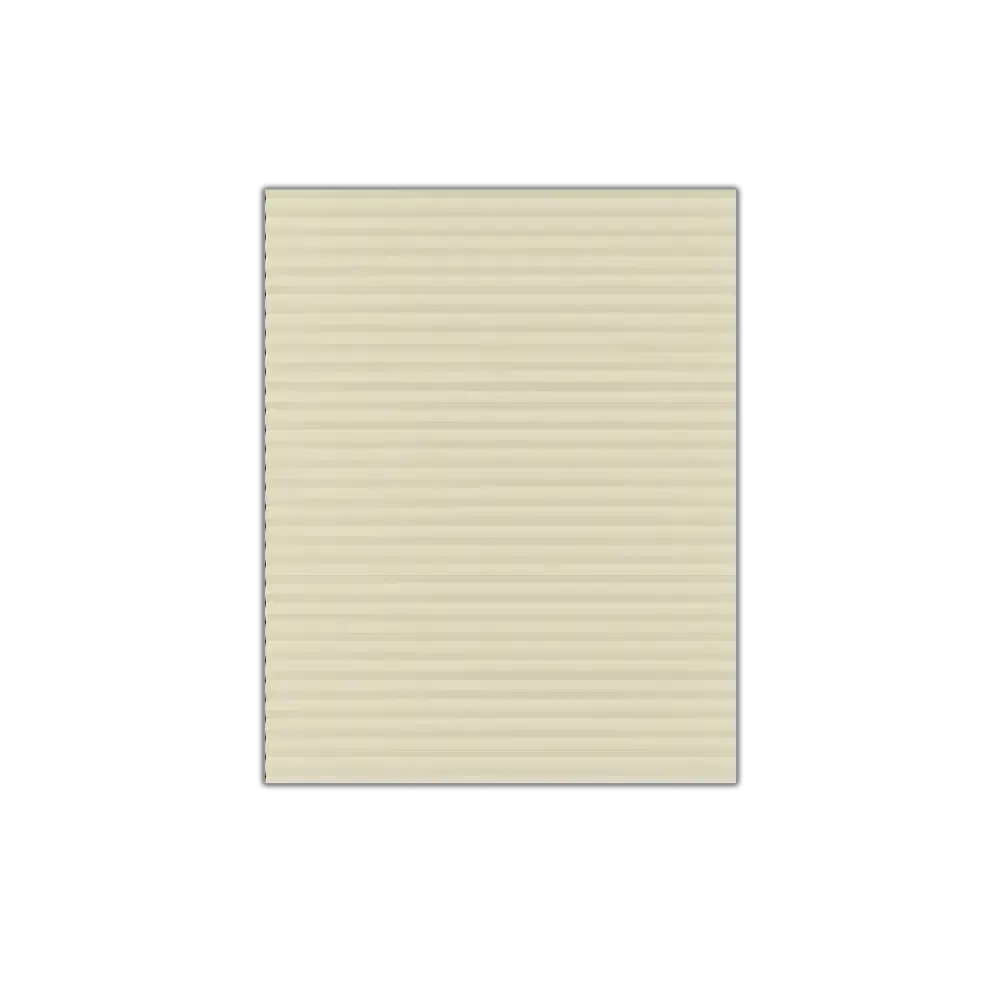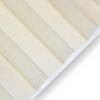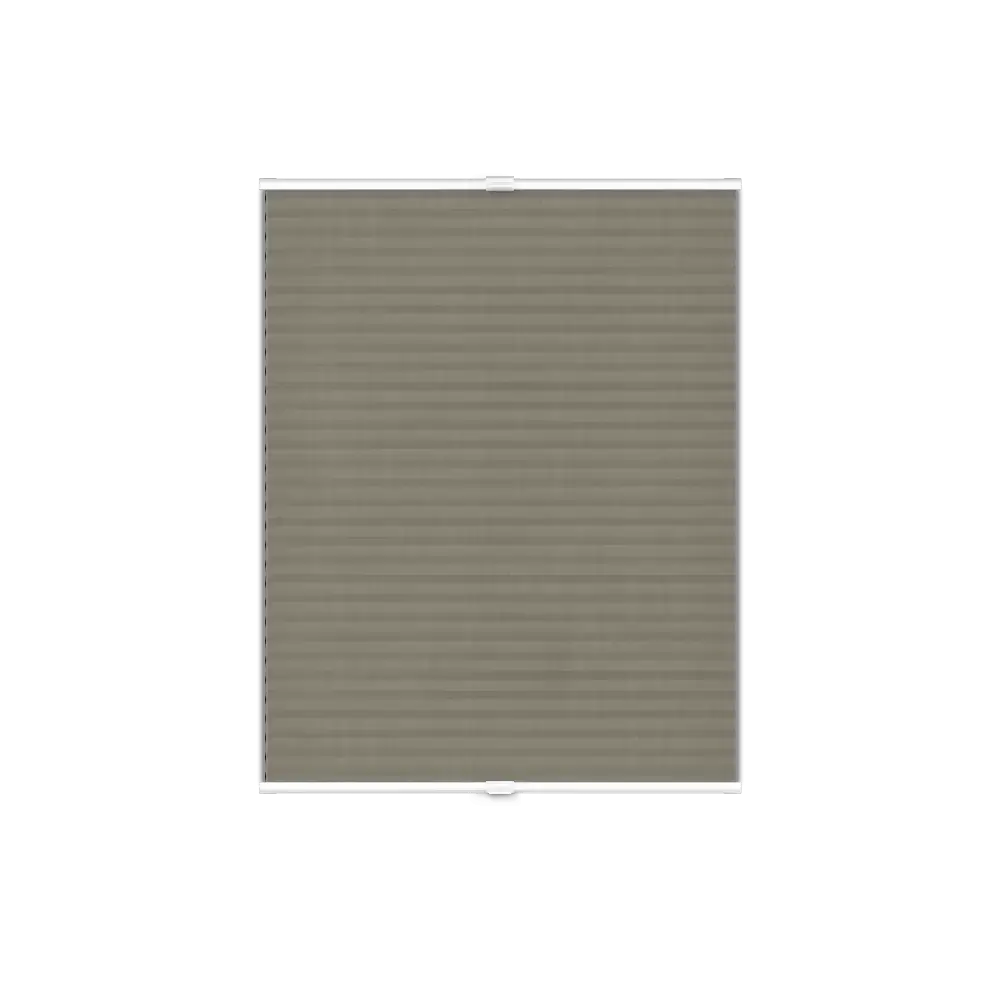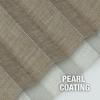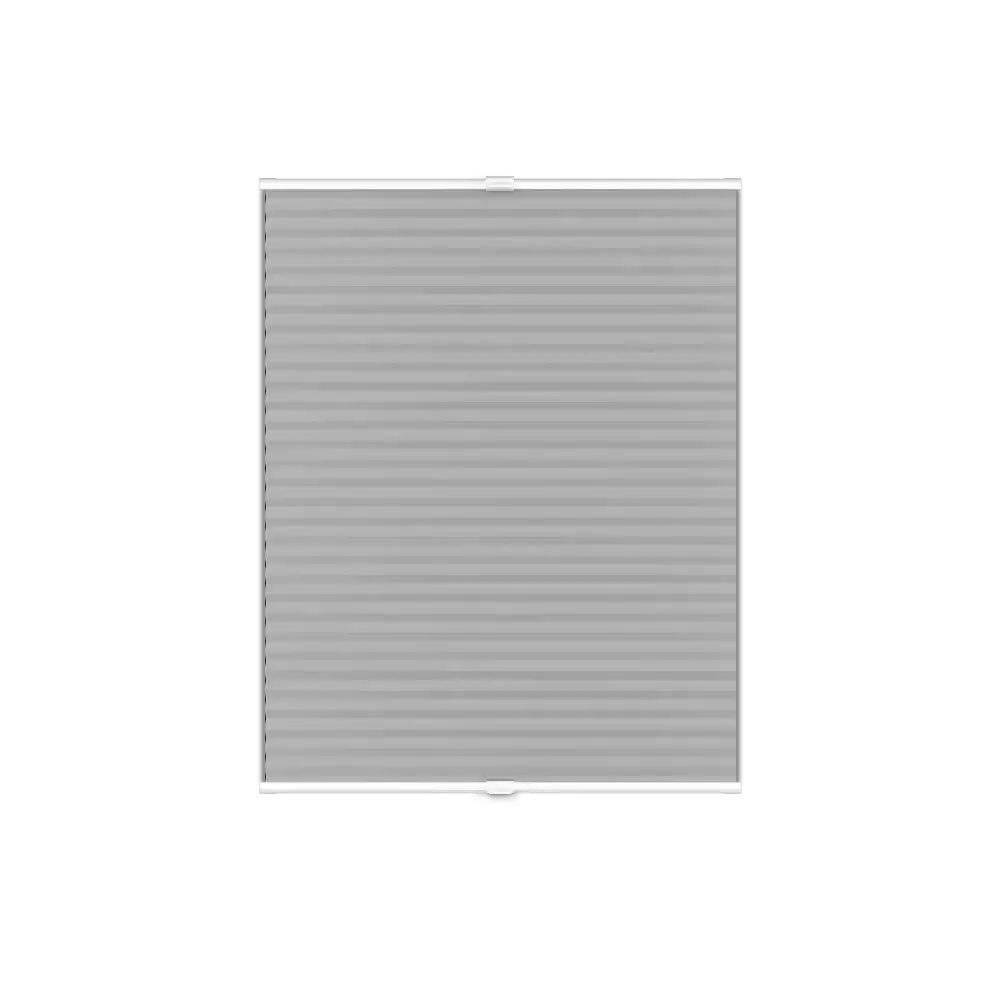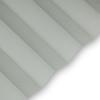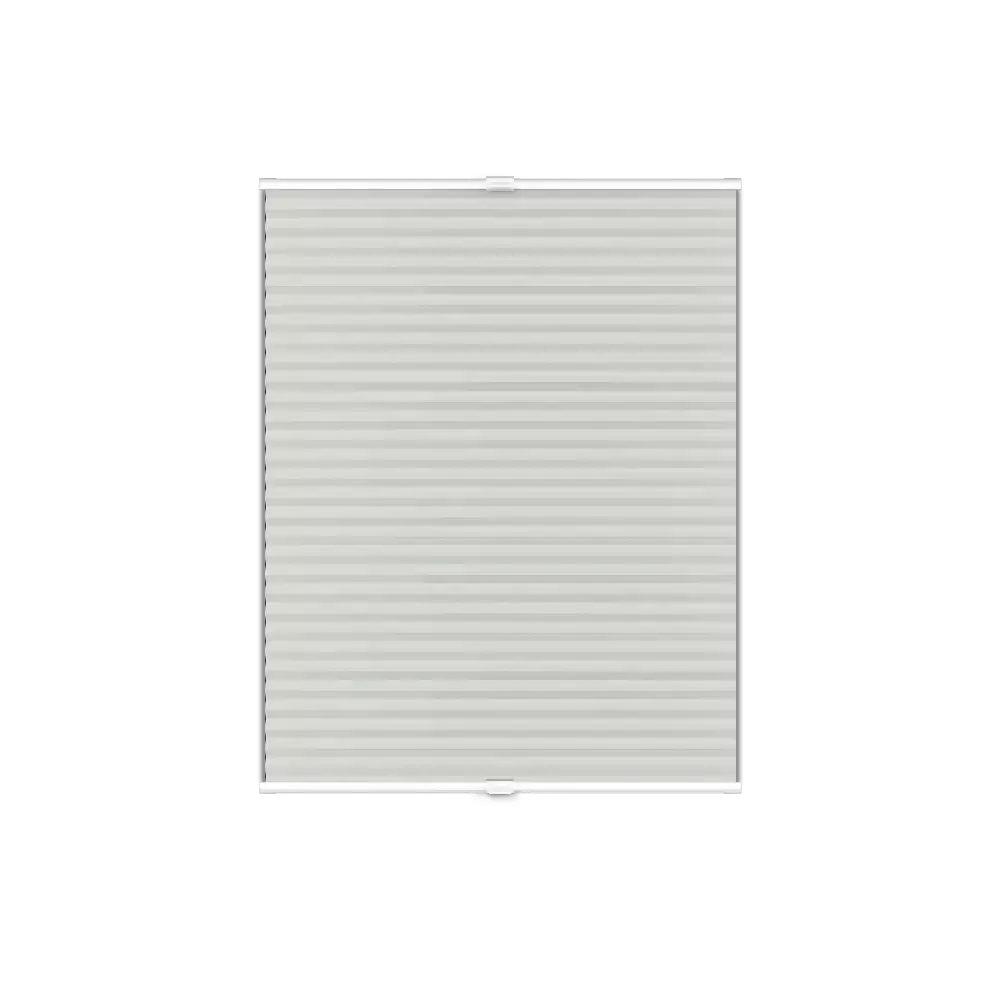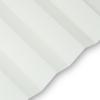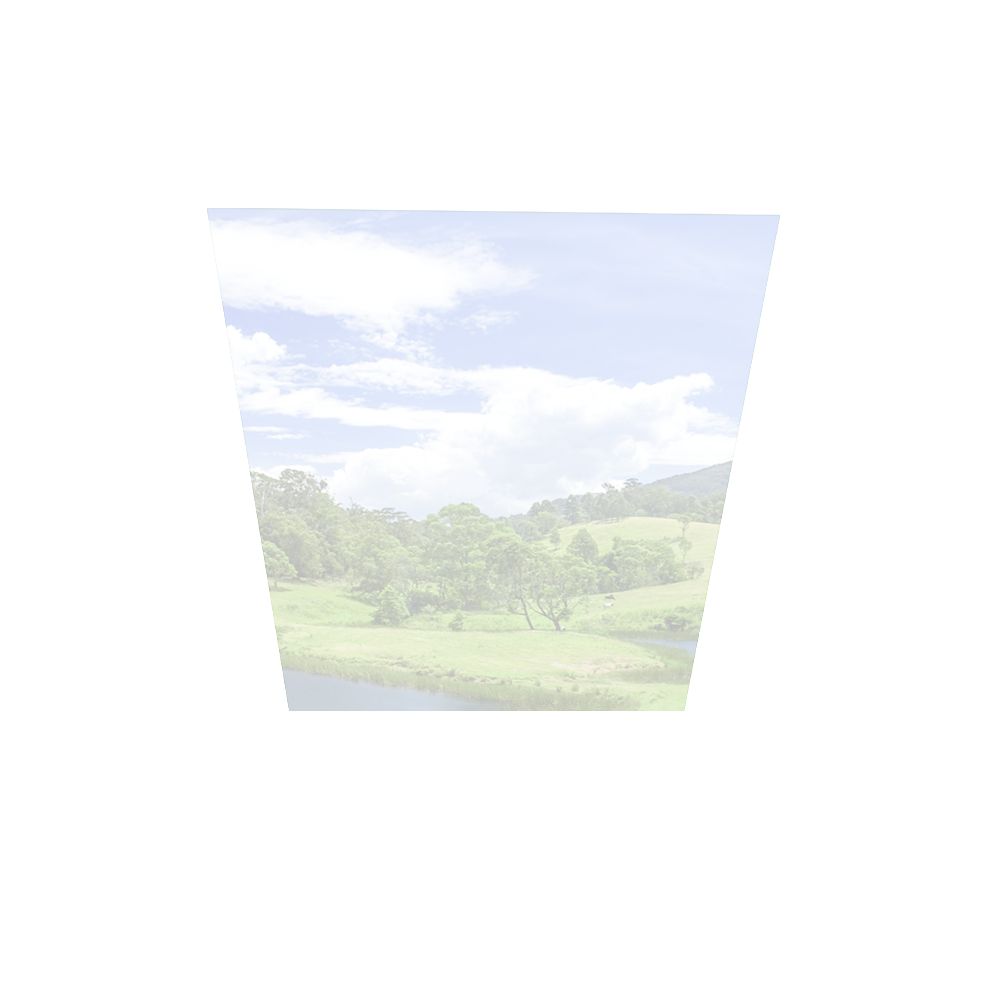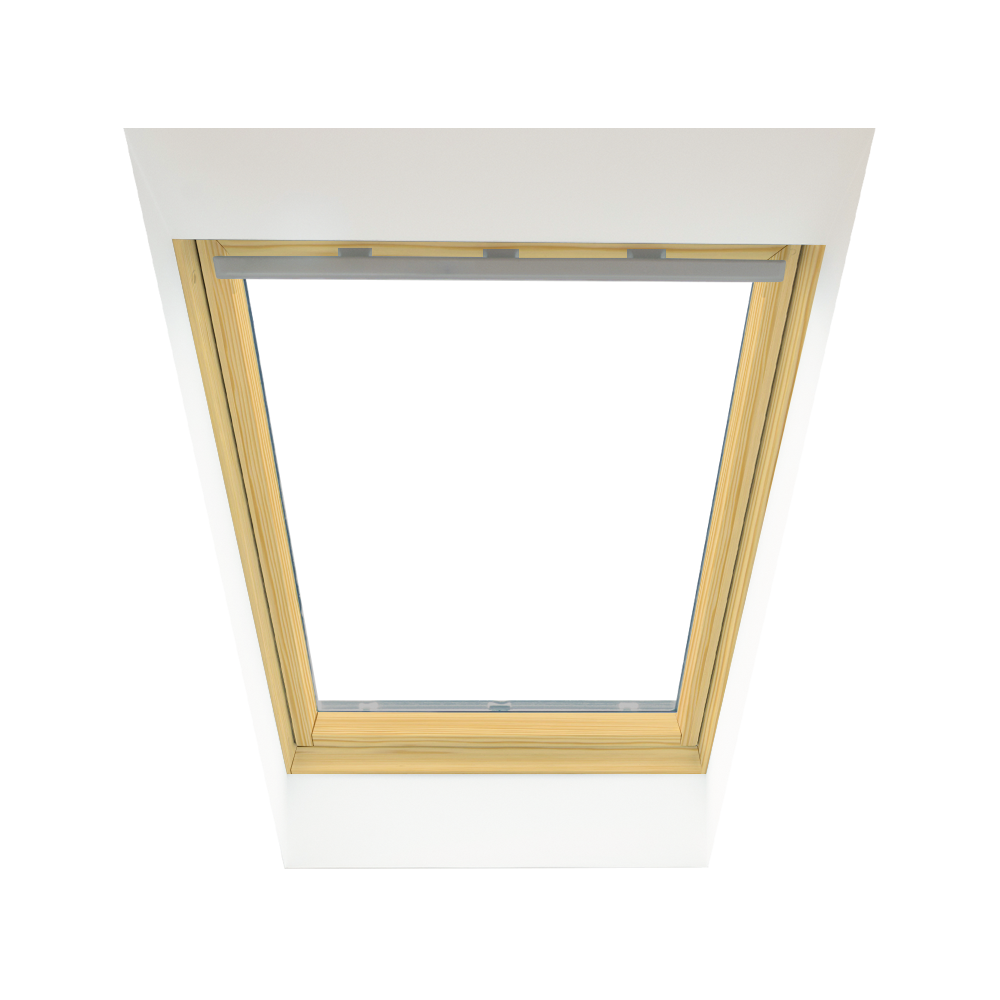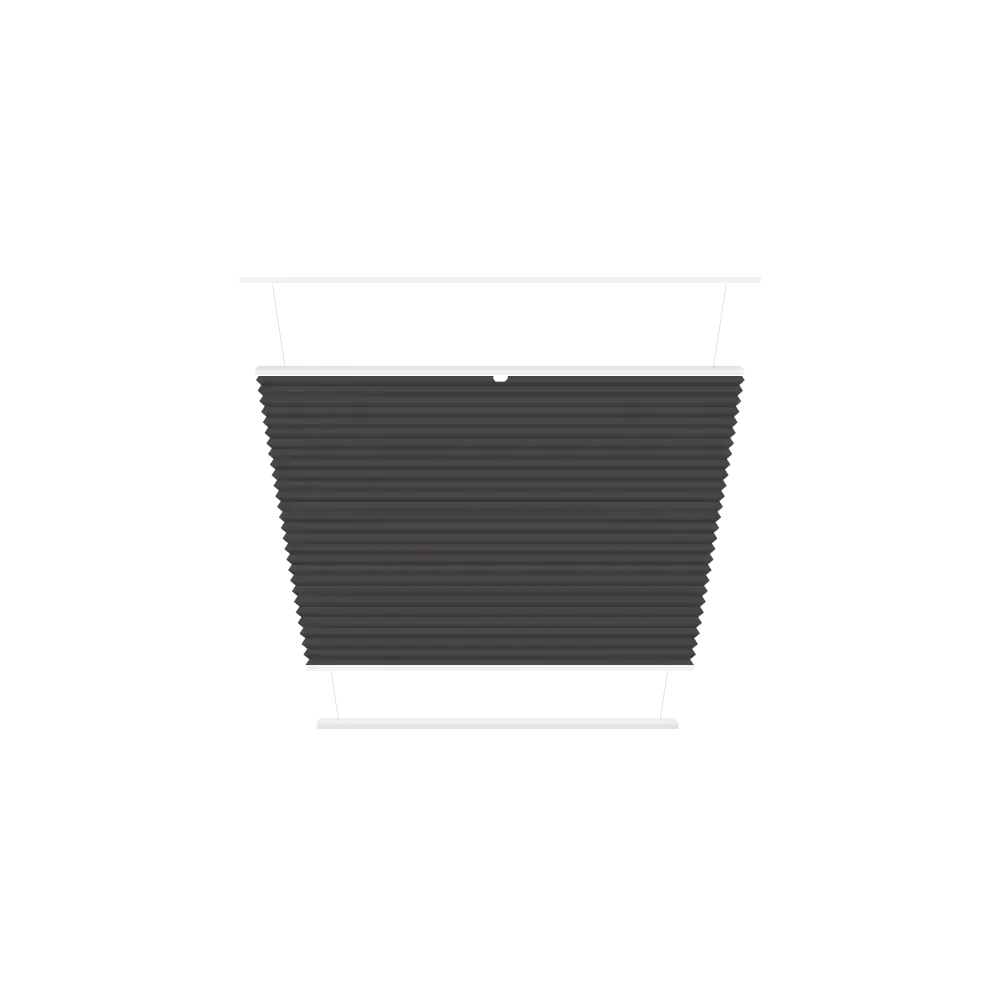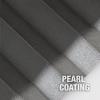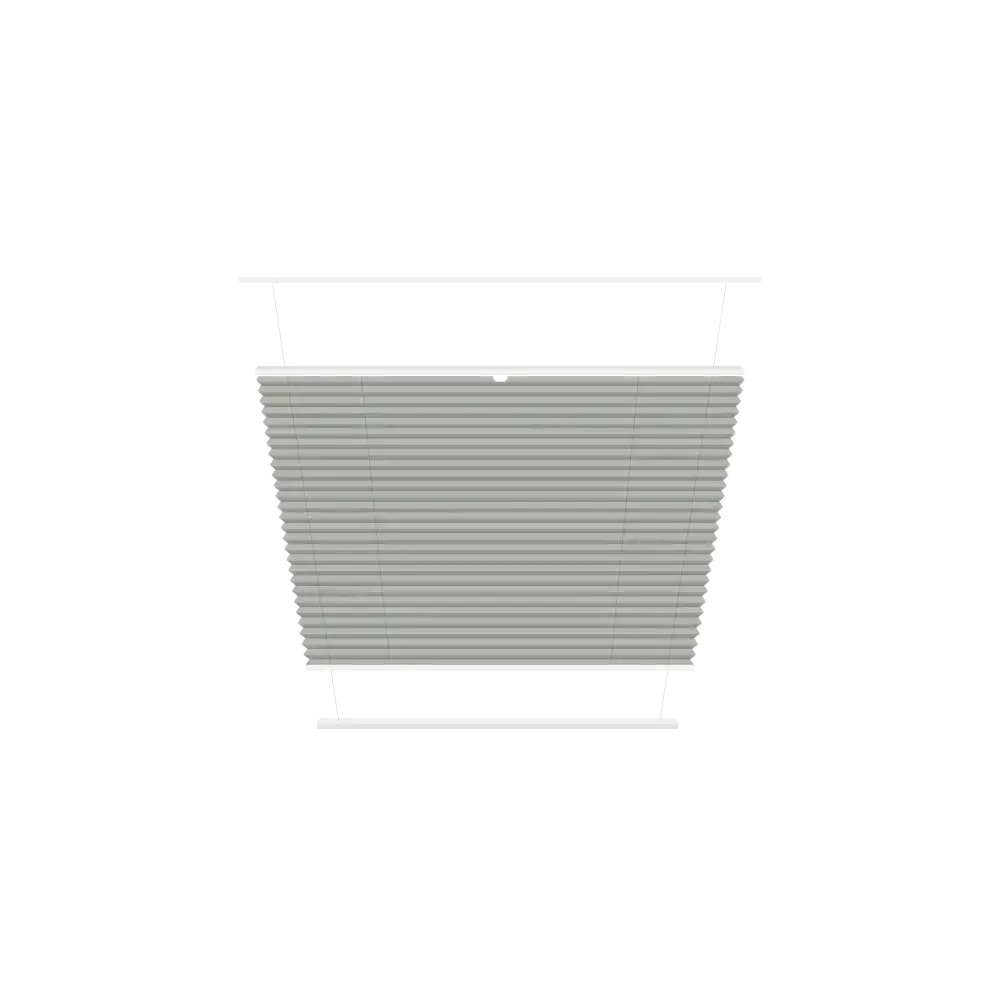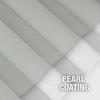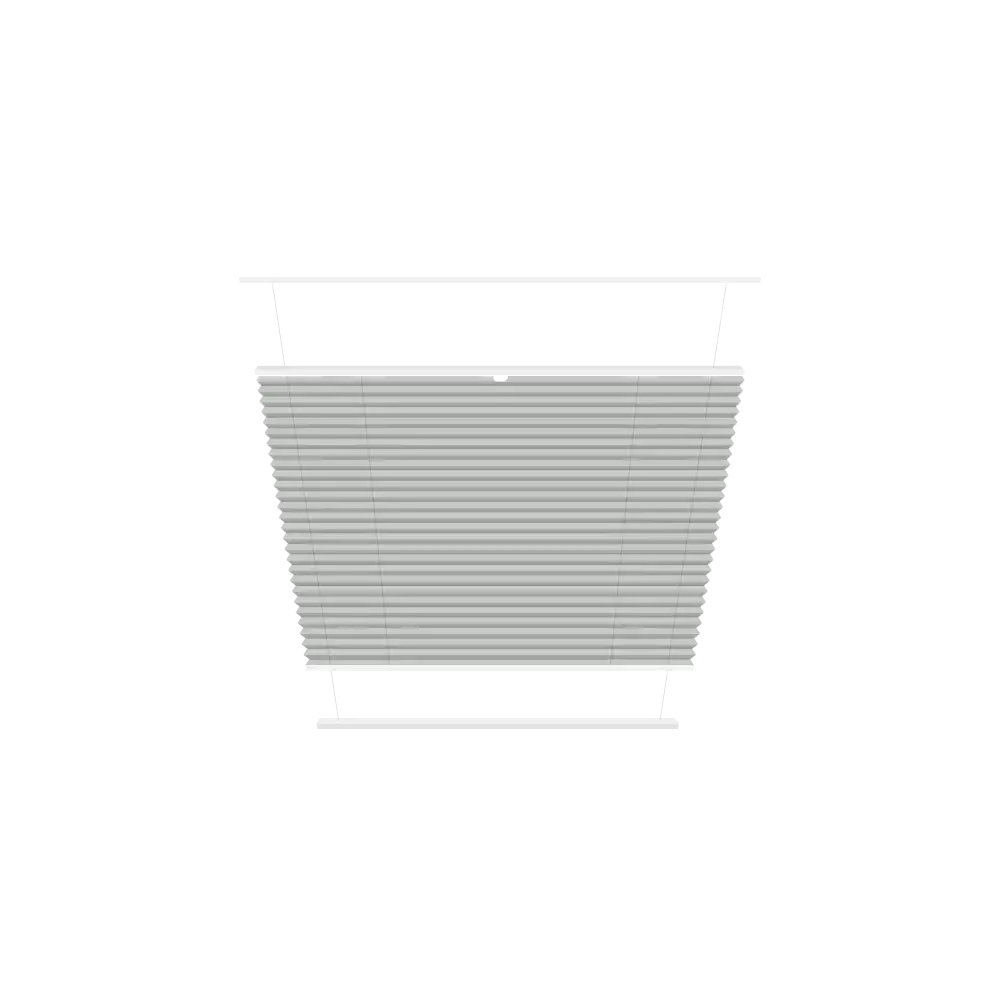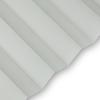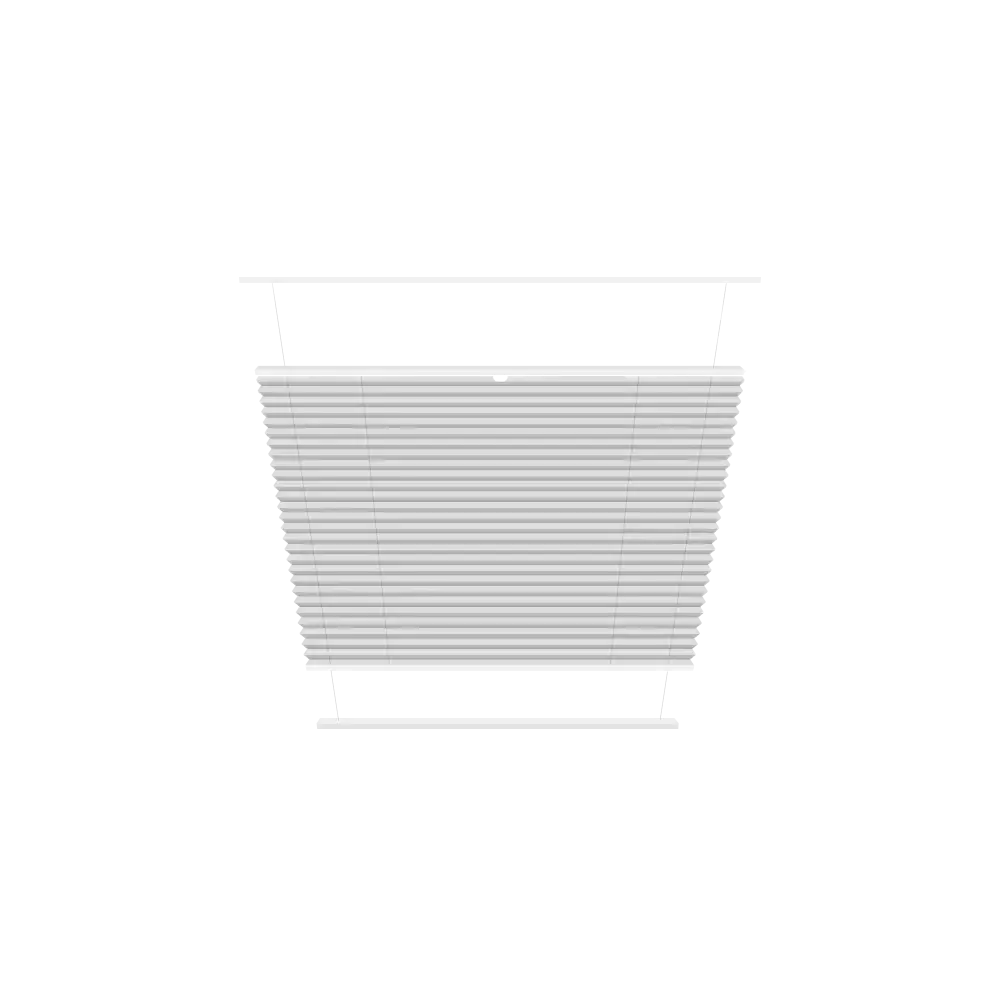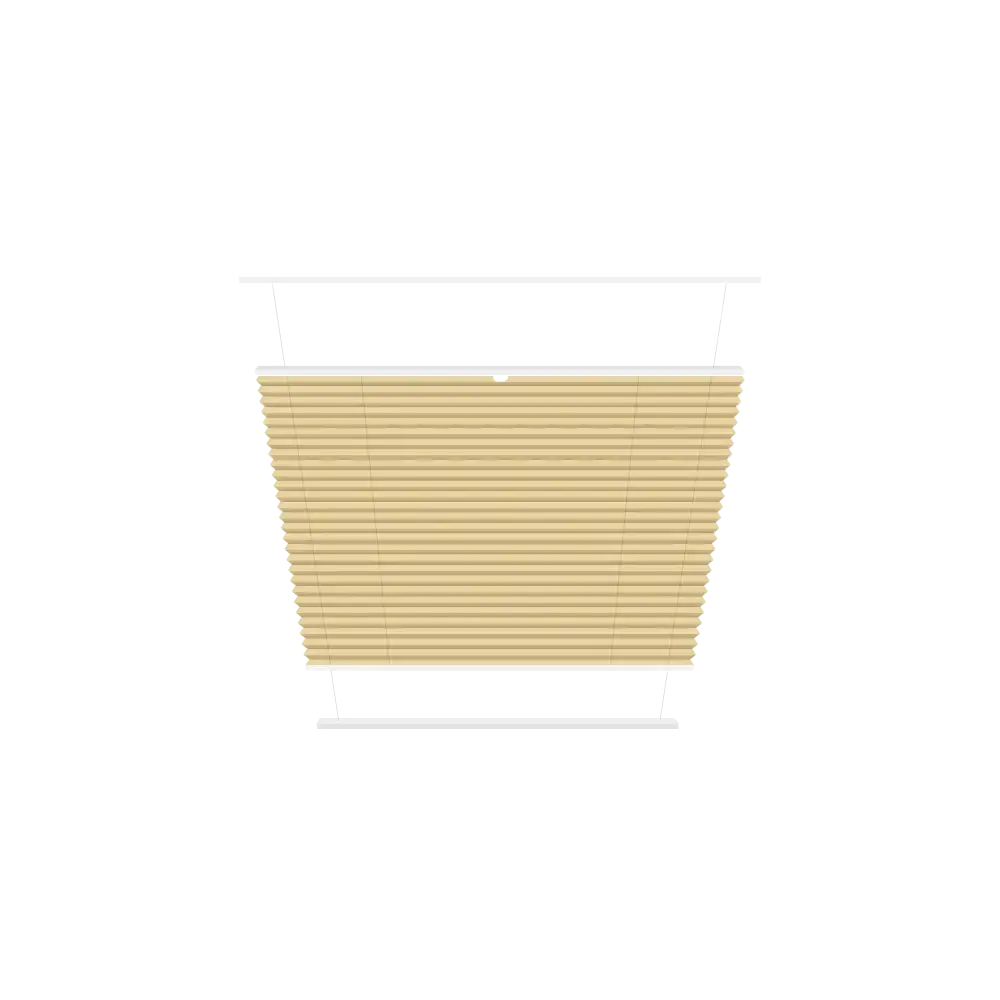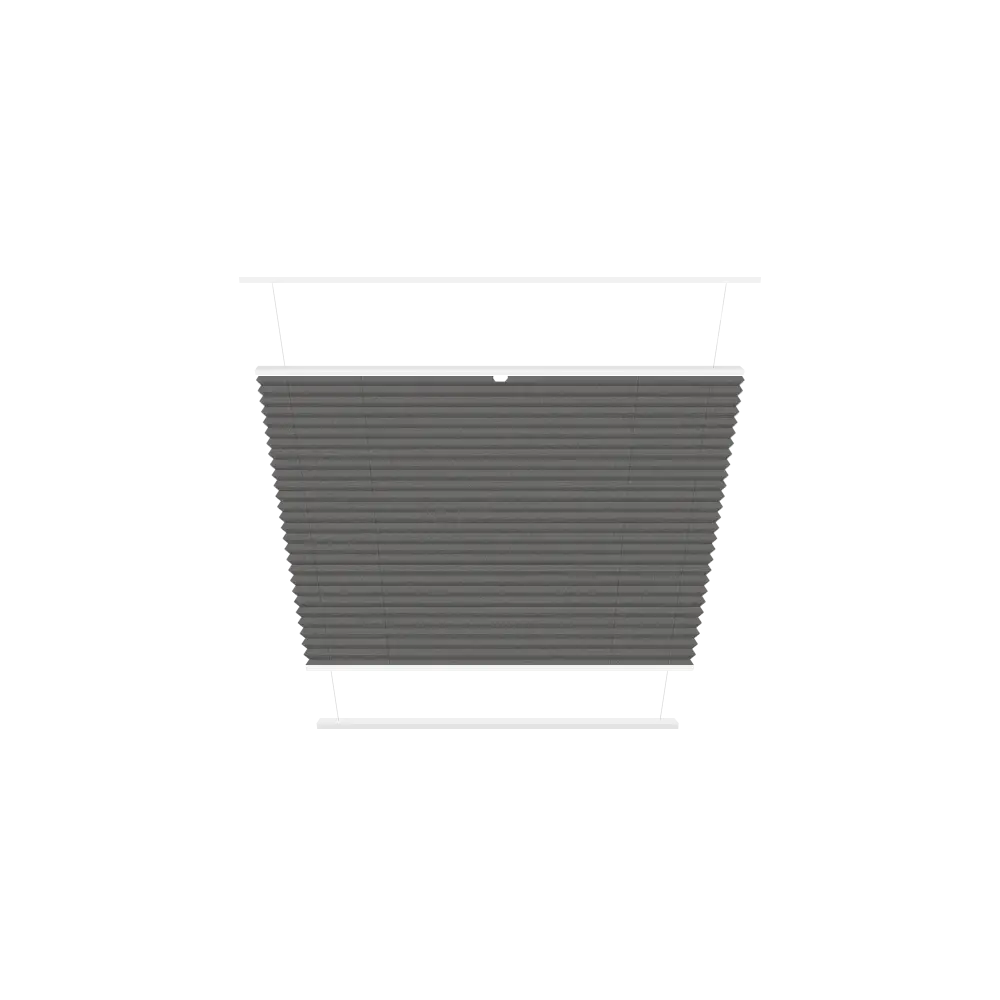What are you looking for?

How to install pleated blinds?
Pleated blinds provide a decorative element to a room. They are very aesthetically pleasing - some consider them prettier than traditional blinds - and also easy to keep clean. They are chosen not only for residential buildings, but also for offices. They also work well in conservatories and glazed verandas. What are the steps in the installation of a pleated blind?
Characteristics of pleated blinds
The popular pleated roller blinds do not bore users from season to season. They combine functionality and decorativeness. They create an aesthetically pleasing window arrangement, protecting against the strong rays of the sun and the unwanted glances of passers-by and neighbours. Still wondering why you should choose window pleated blinds? Here are further reasons.
Pleats work well in both homes and offices. They also have a protective function. They differ in construction and mechanism from traditional roller blinds - they do not have a winding tube. The main fabric is placed between two side slats, folding into an aesthetically pleasing accordion. Pleated roller blinds are available in three light transmission options: transparent, tinted and blackout.
When deciding on pleated blinds, you can choose models with one-way or two-way control. The first operates as in traditional roller blinds. The second allows you to move the pleat across the entire window surface, covering the whole or a selected part.
There are other roller blinds that have a similar operating pattern to pleated blinds. We are talking about top and bottom roller blinds. Here are examples of such roller blinds: Pleated blind DUO Basic - Duo 101 and pleated blind DUO Basic - Duo 312. Read more: Roller blinds from below or from above? Advantages and disadvantages.
Installation methods for pleated blinds
Pleated blinds can be mounted non-invasively (to the glazing bead or window sash) or invasively (to the glazing bead, window sash, wall). Each method differs from the other. The first is a great idea in rented accommodation when you don't want to drill into the windows. The secure invasive installation is a safe and secure way - a guarantee that the pleats, under the weight of the material, will not fall down during use. It will work well in the living room, kitchen, children's room - places where there are constantly people and the blinds are frequently used. How do I install pleated blinds - non-invasively or invasively? The answer (in summary form) can be found in the following paragraphs.
Non-invasive installation is much simpler than invasive installation. Can you do it yourself? Read: Installing roller blinds - is it worth doing it yourself?
How do I install the non-intrusive pleated blinds?
For non-invasive installation of pleated blinds to the glazing bead, only a special mounting tape is used. The pleated blind moves with the window. The next option is non-invasive installation to the window sash. You can achieve the effect of an obscured window pane and frame without the need for drilling. You attach the pleated blind to the sash via a catch strip, hooked to the top edge of the sash (maximum thickness 20 mm). The pleated blind moves with the window.
How do I install invasive pleated blinds?
If you choose to install to a window sash, you can achieve the effect of an obscured glass and window frame. Here you will need a drill and screws. This is ideal if the window frame is small. The pleat moves together with the window. Invasive mounting to the glazing bead helps to completely cover the glass, thanks to the blind being drilled with special screws. Here, the pleat moves with the opening and closing of the window. Invasive installation to the wall helps to completely cover the glass, the window frame, the recess. The blind is fixed to the wall or ceiling with screws. Such a pleat is stationary and does not move with the window sash.
How do I install non-intrusive pleated blinds? Summary
Non-invasive installation prevents interference with the window frame or the wall adjacent to the window. You do not need to use any tools, drills, screws or nails. All you need is a tape measure or spirit level to mark out the attachment points and determine the exact location of the pleats.
The details of the non-intrusive installation of pleated blinds have been presented in the paragraphs above. We will now discuss what the installation looks like in general terms. It consists of symmetrically applying and pressing four hooks (two at the bottom, two at the top) to the window frame. On these you place a slat guide (in the form of a string). Such a roller blind is stretched between the guides. The installation of a pleated blind is very simple and the effects are spectacular. Pleated blinds fulfil a protective and decorative function. They are characterised by a high level of aesthetics. Individual components are mounted discreetly. Pleated blinds mounted non-invasively can be easily dismantled. After removal, all you need to do is clean up any areas left after the adhesive.
Examples of roller blinds? Take a look at the non-intrusive Basic - Spanish Sky pleated roller blind and the Basic - Orion 551 pleated roller blind.
How to install pleated blinds? Intrusive installation - a summary
The invasive installation of pleated blinds is slightly more difficult than the non-invasive installation. It involves making several drill holes on the wall or window frame. Experts recommend that - in the case of pleated blinds - the drill holes should be on the frame (as close to the glass as possible). This will ensure that the blinds fit perfectly, adhering to the window. Invasive installation requires prior preparation - take a drill, screwdriver, pencil, measuring tape and spirit level with you.
The intrusive installation of the pleated blind starts with marking out four important mounting points for the guides (two on the top and two on the bottom of the window frame). Mark the measured points with a pencil. Drill special holes at the marked points - these are for the mounting screws (included in the kit), which you need to screw on with a screwdriver or drill. Insert the hooks with the line into these mounting elements and place the folded roller blind between the guides.
How do I install invasive pleated blinds on roof windows?
How do I install pleated blinds in less standard locations? When it comes to roof windows, here, too, it is best to carry out an invasive installation of pleated blinds. The screw locations must be measured precisely (this is even more important than with traditional windows). All steps are almost identical to those before. The only difference is that pleats are more difficult to install due to the roof window's slope.
help?
to call us
write to us

